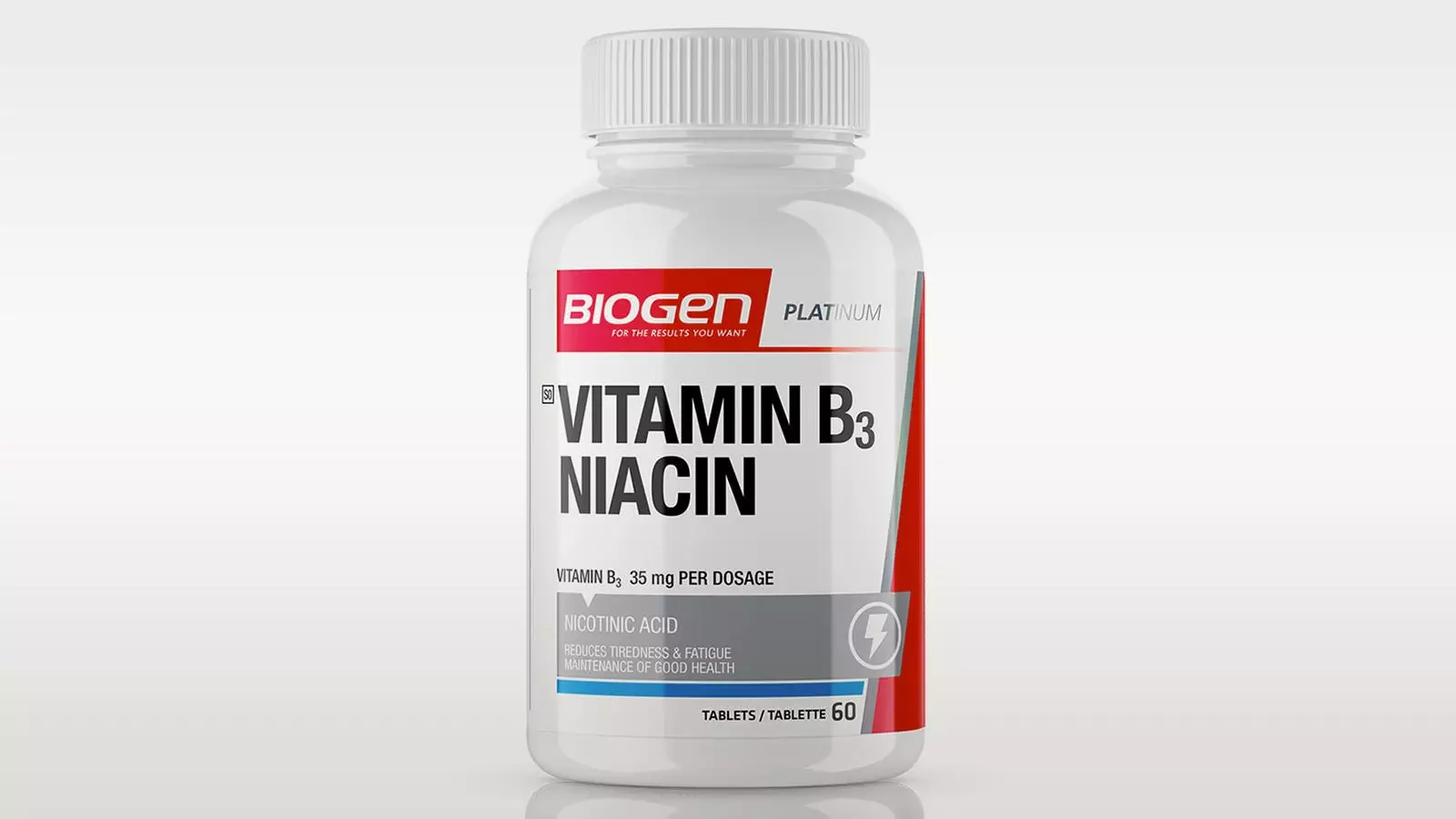Recent research has shed light on the potential relationship between niacin metabolism and the development of major adverse cardiovascular events (MACE). This connection may be attributed to inflammatory pathways that play a role in the pathogenesis of heart disease. A metabolomics study conducted among stable cardiovascular patients revealed that two terminal metabolites of niacin, N1-methyl-2-pyridone-5-carboxamide (2PY) and N1-methyl-4-pyridone-3-carboxamide (4PY), were associated with a significantly increased risk of cardiovascular disease (CVD) even after adjusting for traditional risk factors. These findings challenge existing notions about the role of niacin in cardiovascular health.
Niacin, also known as vitamin B3 or nicotinic acid, is an essential nutrient required for NAD (nicotinamide adenine dinucleotide) synthesis. While niacin deficiency can lead to serious syndromes such as pellagra, excessive intake of niacin through fortified foods or supplements may have detrimental effects on cardiovascular health. The study suggests that the fortification of flour and cereals with niacin, a practice that has been ongoing for decades, may need to be reevaluated in light of these new findings.
The use of niacin as an over-the-counter supplement for reducing cholesterol levels has been a subject of debate. While some advocate for its benefits, particularly in lowering LDL (low-density lipoprotein) cholesterol, the actual impact of niacin on reducing cardiovascular events remains inconclusive. Current clinical guidelines no longer recommend niacin as a preventive measure for CVD due to conflicting evidence. The “niacin paradox” refers to the observation that the expected reduction in CVD risk associated with niacin therapy is not always realized, especially in the era of high-potency statins.
The metabolomics analysis conducted by Hazen and colleagues involved a large cohort of stable cardiovascular patients undergoing diagnostic cardiac evaluations. The association between the metabolites 2PY and 4PY with an increased risk of MACE was consistent across U.S. and European validation cohorts, highlighting the relevance of these findings in diverse populations. The genetic variant rs10496731 was linked to increased levels of VCAM-1, a key player in vascular inflammation and atherogenesis, providing a potential biological mechanism for the observed association.
While the study by Hazen et al. provides valuable insights into the role of niacin metabolism in cardiovascular health, certain limitations should be acknowledged. The potential for residual confounding and the single measurement of metabolites in validation cohorts raise questions about the robustness of the findings. Further research is needed to validate these results in broader community-based cohorts with varying risk profiles and ethnic backgrounds. The translatability of these findings to different populations remains an area that requires exploration.
The impact of niacin metabolism on cardiovascular health is a complex and nuanced subject. While niacin plays a crucial role in NAD synthesis and overall health, its contribution to the pathogenesis of heart disease through inflammatory pathways presents a new frontier for research. The findings from metabolomics studies underscore the need for a reevaluation of current practices regarding niacin fortification and supplementation. As we strive to understand the intricate interplay between niacin metabolism and cardiovascular outcomes, further investigations are essential to elucidate the true implications of niacin on heart health.

Leave a Reply